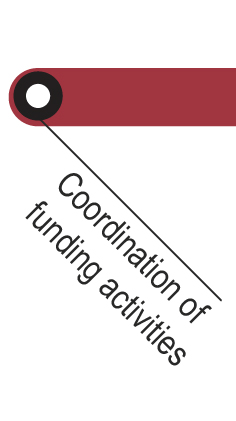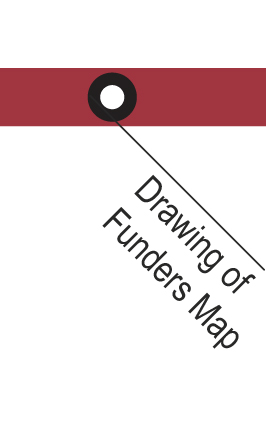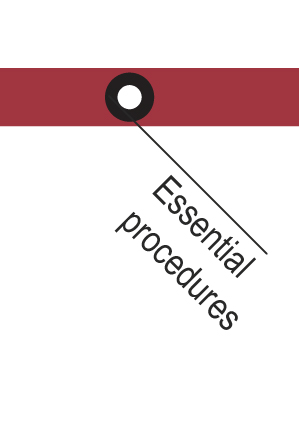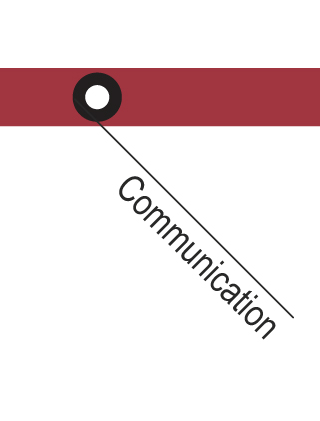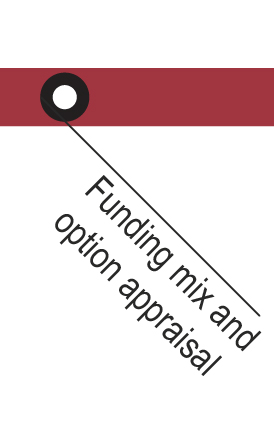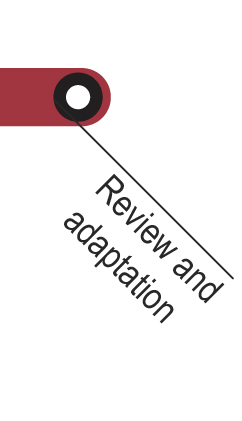 DRAWING A FUNDERS MAP means the systematic listing of funding sources that could potentially be used for the implementation of the projects of your plan. A Funders Map provides you with a basis for scanning and searching for funding calls, information events. A Funders Map should be drafted widely, so that it incorporates more funding sources than necessary to allow for flexibility and adjustment in case of unexpected developments. However, the Funders Map should only include relevant funding sources in relation to the aims and objectives of your plan and its projects to keep the list manageable and focused.
DRAWING A FUNDERS MAP means the systematic listing of funding sources that could potentially be used for the implementation of the projects of your plan. A Funders Map provides you with a basis for scanning and searching for funding calls, information events. A Funders Map should be drafted widely, so that it incorporates more funding sources than necessary to allow for flexibility and adjustment in case of unexpected developments. However, the Funders Map should only include relevant funding sources in relation to the aims and objectives of your plan and its projects to keep the list manageable and focused.
This task relates closely to the outlining of funding sources which will provide you with a good start for drawing the Funders Map. In addition, the Glossaries and links to Funding Sources and the URBACT Database of EU funding and Managing Authorities linkages will provide you with very important information for scanning and identifying potential funding sources when filling in your Funders Map.
If and when required a Funders Map could also be drawn for an individual project, if it is large or complex in nature.
 The tool consists of a Funders Map that guides the search for funding in an organised manner.
The tool consists of a Funders Map that guides the search for funding in an organised manner.
Who is the tool for? | When should the tool be used? |
Project design team Funding Coordination Officer/Team | When the range of themes and key areas of activities of a project are known. Continually to be refined |
Click on the stations to navigate through the Strategy line!
Key challenges of the step
- The person in charge of regularly using the Funders Map for scanning of funding calls has to have an excellent understanding of the overall plan and its projects. This will help him/her to identify relevant funding programmes and calls in a creative and appropriate manner.
- It is sometimes challenging to allow for sufficient time to undertake the research involved in drawing a Funders Map. This can often involve time consuming pursuits of enquiries from one funder's website to the next (snowballing). It is important not to lose focus during this exploration, but it is also important to have time to explore new avenues.
- To apply a wider perspective for identifying funding sources involving systemic thinking for considering the different types of funders (public, private, third sector).
- To keep the Funders Map up-to-date and to undertake regular checks for calls and new developments is very important. Failure to do so renders a Funders Map inefficient.
Main risks
- Missing important funding sources.
- Being unaware of new funding approaches and techniques.
- Failing to keep the Funders Map up-to-date and thereby miss calls and opportunities.
- Thinking too rigidly about where relevant funding could be sourced from.
Helpful tips
- When drawing a Funders Map, it is useful to consult with as many colleagues, stakeholders and partners as possible enquiring where they have sourced funding from for similar plans or projects in the past.
- Utilise funding support websites and generic funding portals to browse for suitable funding sources.
- Consult case studies of similar plans or projects to identify which funding sources they have used.
- Follow connected websites from one funding source to the next. Often funders signpost readers to other sources where they can pick up ideas and sources previously un-known to them. This is a time consuming, but potentially very informative task.
Futher resources
- Cohesion Policy Study: this short guidance will help you understand the different components of the Cohesion Policy and identify which funds can be of interest for your projects.

